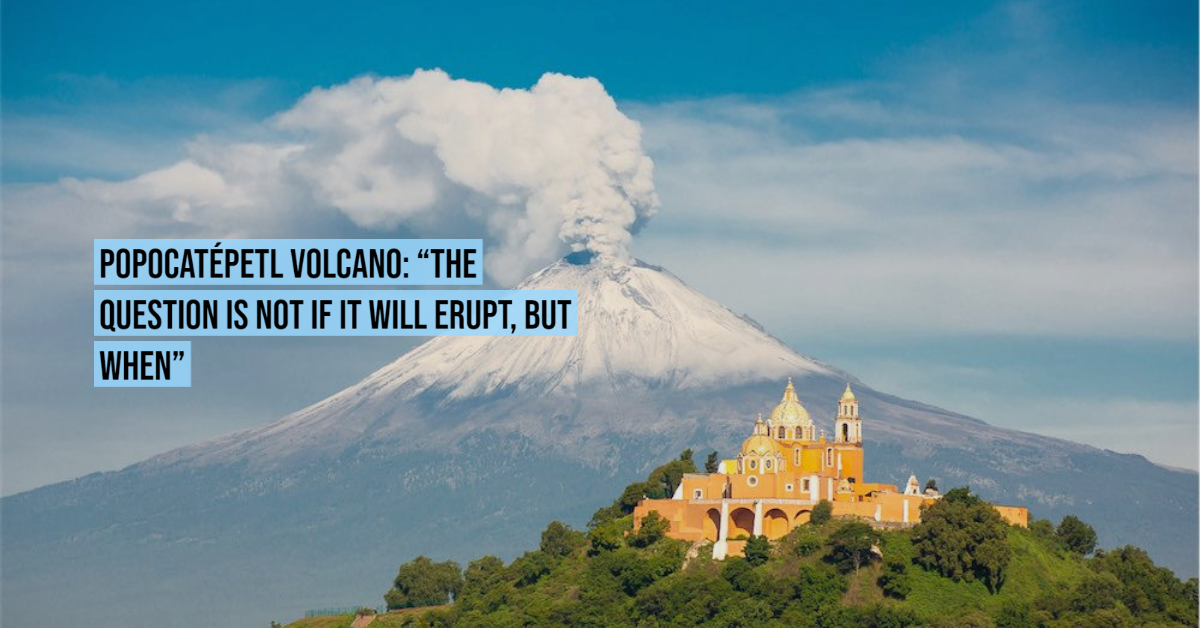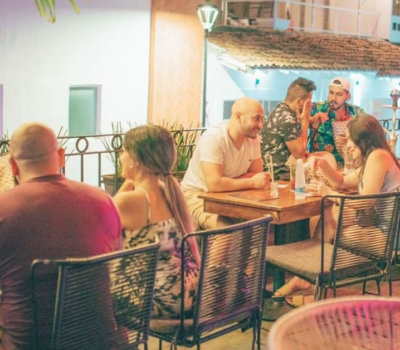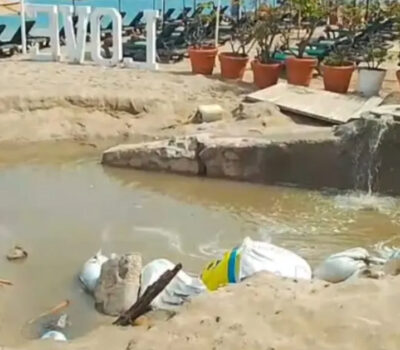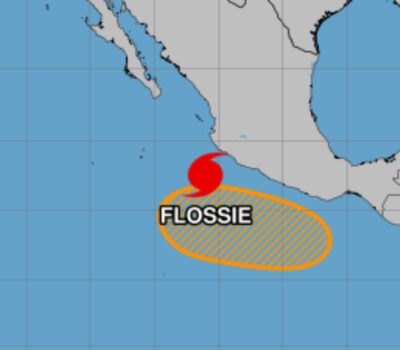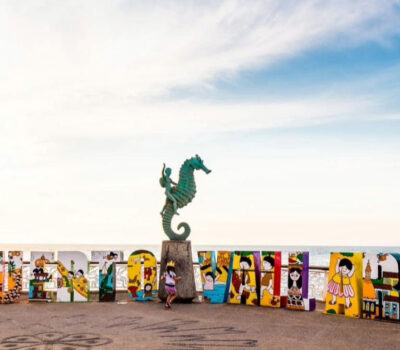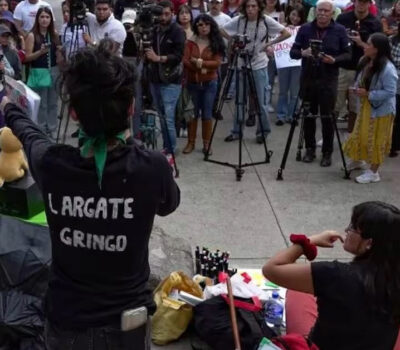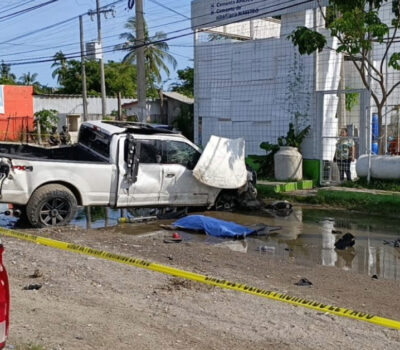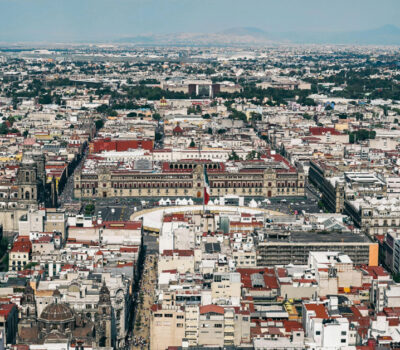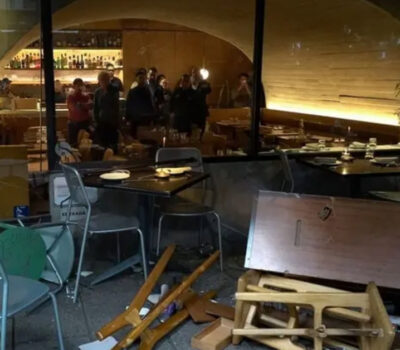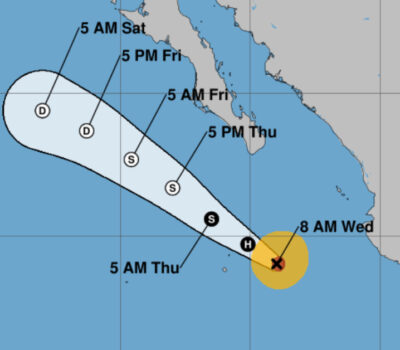On the night of March 29, there was an explosion at the mouth of Popocatépetl. A loud roar preceded the blast that left incandescent shards burning on the rims of the volcano’s crater. “It is recommended not to approach,” warned the authorities. The image was not so exotic for a region accustomed to living with a beast ready to wake up at any moment. A group of scientists has now published a study on the history of eruptions of one of the most dangerous volcanoes in the world with the intention of predicting the behavior it may have. “The question is not if it will erupt, but when,” they point out.
Volcanology is not yet capable of predicting with certainty the moment in which the eruptions of the volcanoes will take place. But a trip through the eruptive history of Popocatépetl has allowed Israel Ramírez-Uribe and Claus Siebe, together with a team of scientists, to shuffle possibilities about what could happen to the best-known volcano in Mexico. The study was based primarily on Nealtican lava flows—formed from an eruption around 2,000 years ago. “Each volcano has its own personality,” explains the co-authors of the study in an interview.
In the case of Popocatépetl, the eruptions that it has had in the past were of the plinian type, known to be very explosive, to remove a large volume of material in a short time and that most of that material is pumice stone. The two scientists explain that the last three plinian eruptions that Popocatépetl had occurred approximately 5,000, 2,000, and 1,100 years ago. As this type of eruption throws material into the stratosphere and in the area where the volcano is, the winds blow towards the northeast and east, they have been able to determine that the vulnerable region is the State of Puebla.
“If a volcano emits a lot of material that reaches the stratosphere, then it could be dispersed by the prevailing winds to more distant regions,” says volcanologist Siebe, who has been studying the great Mexican volcano since the 1990s. “In the case of Popo, this was to the east and northeast, and that is why on the slopes of the Pueblan side we found large thick deposits of Plinean pumice.” In the past, these eruptions affected pre-Hispanic settlements located on that side that were forced to migrate, says the publication. Those lands were destroyed and unusable and the exodus ended up strengthening other urban centers, such as Teotihuacán and Cholula.
“These eruptions usually cause a lot of disaster in nearby towns,” says Ramírez-Uribe, a geological engineer at the National Autonomous University of Mexico. In a parallel to today, the study notes that an explosion of such magnitude “could destroy the infrastructure of entire towns and render agricultural areas permanently unusable.” The clearest example for researchers is that of Tetimpa, a pre-Hispanic settlement buried under more than 30 meters of volcanic rock. The edge of the settlement was excavated and investigated by a group of scientists in Mexico, and some believe that what was discovered is only the edge of the town, and that most of it remains buried.
Mexican society forgets the risks posed by the volcano and returns to settle on the dangerous margins, says Siebe. The closest town is currently 10 kilometers up the slope facing Puebla, but a few kilometers further there are at least a dozen settlements. Siebe warns: “It is important for the population living nearby to be aware that it can be very dangerous. It is worth contemplating it in development plans and territorial planning and not insisting on putting a hospital in a vulnerable area”. The main task, he points out, lies with the authorities, who must take it into account in their urban development plans “so as not to invest the money badly and not put so many people at risk.”
When it will happen is unpredictable at the moment. The eruptions that are seen these days in Popocatépetl are not comparable to the Plinian eruptions that have been studied, says Ramírez-Uribe. Although it is necessary to continue the current monitoring, which has been installed for a couple of decades, in case signals are recorded that help determine something unusual as a precursor to a large explosion. “What happened on the island of La Palma is very relevant because they were able to issue an alert with the signals they had, they had recorded small earthquakes. These studies help us improve prevention,” says Ramírez-Uribe.
What is foreboding for one volcano may not be for another. “With today’s technology we can know that something is going to happen over the course of the next few weeks, but we can’t know exactly what,” says Siebe. As the temporality is imprecise, perhaps the next Plinian eruption will arrive when technology has finally made the leap toward forecasting. “If a Plinian eruption were to occur, which we know for sure is going to happen one day, it may be in 500 years and I would like to assume that then we will have the ability to predict it,” he adds. If the eruption is closer, like next year, the task becomes more difficult. Meanwhile, knowing in depth the composition of the ancient lava flows of Popocatépetl continues to be the most precise method.
By Georgina Zerega
On the night of March 29, there was an explosion at the mouth of Popocatépetl. A loud roar preceded the blast that left . . .

